
Fundamentals
Within Roothea’s ‘living library,’ the notion of “Resistance Movements” extends beyond conventional definitions of social uprising or political rebellion. Here, it signifies the enduring, deeply rooted capacity of textured hair, its associated practices, and the communities who honor it, to assert their inherent worth and distinct identity against forces of erasure, suppression, or misrepresentation. It is a quiet, yet powerful, declaration of selfhood, echoing through generations and manifesting in every coil, kink, and strand. This understanding of resistance begins with the very biology of textured hair, recognizing its unique structural integrity as a foundational element of its resilience.
The core meaning of these movements resides in the continuous assertion of identity, cultural integrity, and self-determination, expressed through the very fibers of textured hair. This is not merely about defiance; it encompasses preservation, reclamation, and the profound act of thriving in the face of adversity. The elemental biology of textured hair, with its distinctive helical shape and intricate curl patterns, naturally possesses a strength and spring that allows it to stand apart, defying gravity in ways that other hair types cannot. This inherent vitality forms the initial layer of resistance, a biological testament to its unique design.
Resistance Movements, in the context of textured hair, represent the enduring spirit of self-preservation and cultural assertion embedded within each coil and strand.
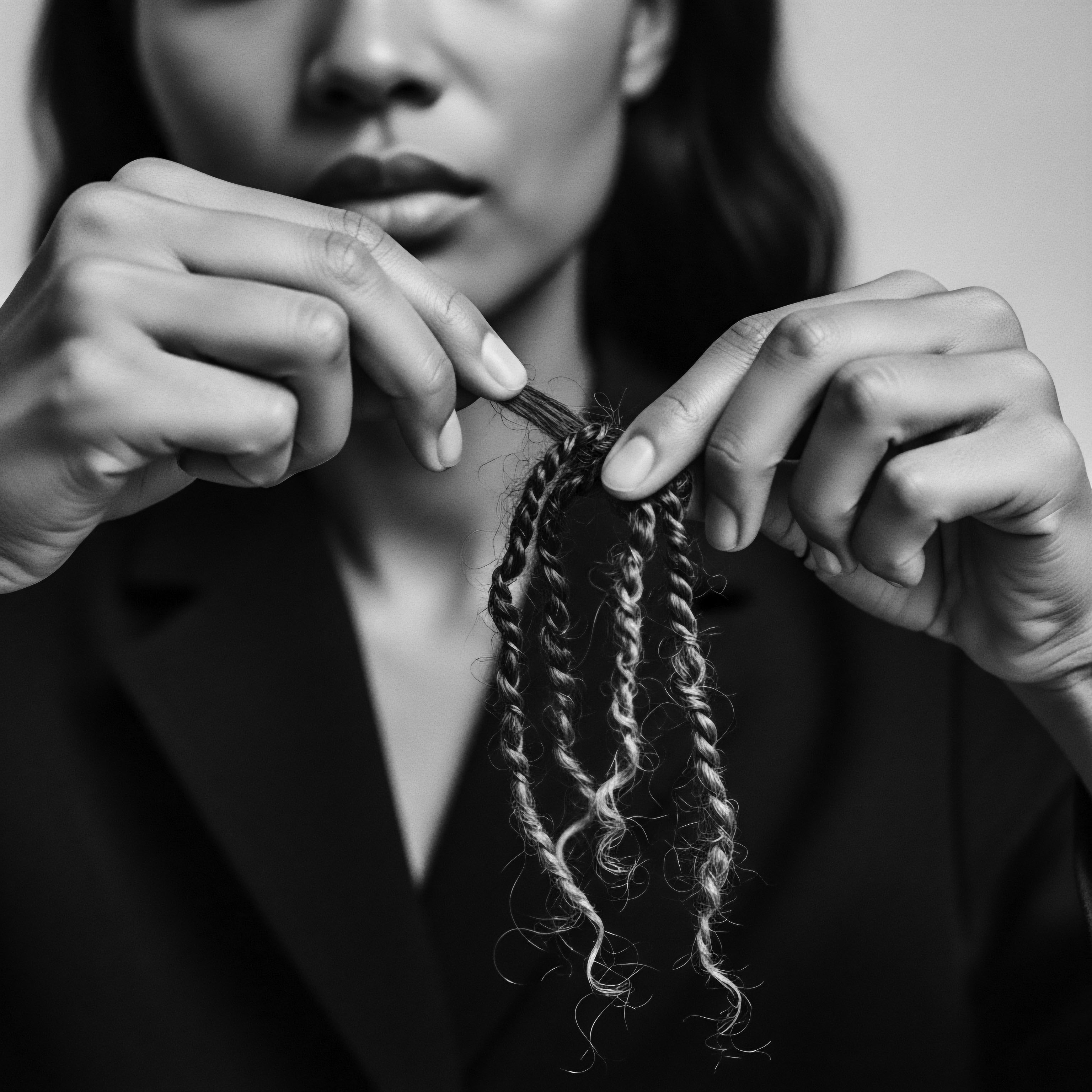
Echoes from the Source ❉ Hair’s Natural Defiance
From ancient times, hair has held profound cultural and spiritual significance across African societies, serving as a visual lexicon of age, marital status, social rank, and even spiritual beliefs. The very act of maintaining these styles, of adorning hair with purpose and meaning, represented an early, fundamental form of resistance. When millions of Africans were forcibly removed from their homelands and transported across the Atlantic, one of the initial acts of dehumanization was the forced shaving of their heads.
This was a deliberate attempt to sever their ties to cultural identity and heritage. Yet, the spirit of these traditions persisted.
Despite the immense pressure to conform to Eurocentric beauty standards, which often deemed natural hair as “unruly” or “unprofessional,” enslaved Africans and their descendants found ways to maintain traditional hair practices. This steadfastness was a quiet yet potent act of defiance. Headwraps, for instance, became symbols of dignity and resilience, protecting hair from harsh conditions while simultaneously honoring cultural heritage. These practices underscore how the earliest forms of resistance were deeply personal, rooted in the desire to hold onto fragments of self and community when everything else was stripped away.
- Cultural Preservation ❉ The steadfast continuation of ancestral styling techniques, care rituals, and adornments despite colonial pressures or attempts at erasure.
- Biological Resilience ❉ The inherent strength, coil, and versatility of textured hair fibers, allowing them to withstand manipulation and maintain their distinct form.
- Identity Markers ❉ The use of specific hairstyles to signify tribal affiliation, social standing, age, or marital status, preserving community ties.
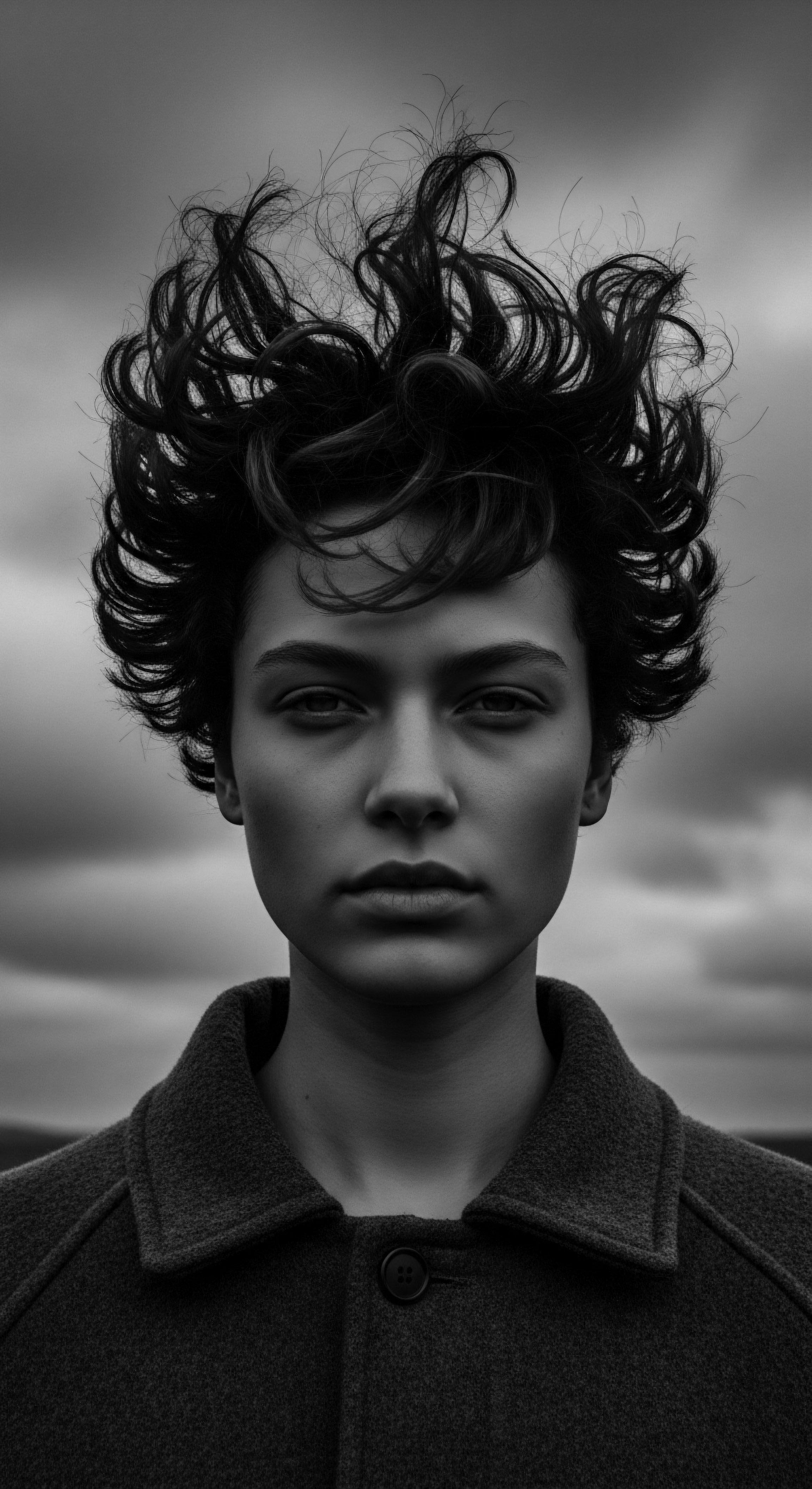
Intermediate
Moving beyond the foundational understanding, the concept of Resistance Movements concerning textured hair deepens to encompass more conscious and collective acts of cultural preservation and social assertion. This intermediate view acknowledges hair not merely as a biological attribute but as a profound canvas upon which narratives of identity, resilience, and liberation have been inscribed across generations. The historical trajectory of Black and mixed-race hair experiences reveals a continuous, evolving dialogue between external pressures and internal fortitude, where hair becomes a potent symbol of defiance.
The transatlantic slave trade presented an unprecedented challenge to the continuity of African hair traditions. Enslaved people were stripped of their names, languages, and families, yet, remarkably, certain hair practices endured. These practices transformed from communal rituals into clandestine acts of survival and communication.
The ability to maintain traditional styles, even in secret, served as a vital link to a stolen past and a defiant assertion of an identity that oppressors sought to obliterate. This persistence speaks volumes about the human spirit’s capacity to hold onto its heritage even under the most brutal conditions.
The intricate patterns of textured hair often carried hidden messages, transforming a styling ritual into a silent, strategic act of survival and communication during periods of profound oppression.

Hair as a Coded Language ❉ The Colombian Cornrows
One compelling historical example that powerfully illuminates the Resistance Movements’ connection to textured hair heritage is the extraordinary use of cornrows by enslaved Africans in Colombia. During the 16th century, Spanish colonizers forcibly brought millions of Africans to the shores of Colombia, compelling them into agriculture and mining. In this brutal context, hair became an unexpected, yet profoundly effective, tool for survival and rebellion. Women, in particular, utilized their hair as a medium for clandestine communication and a practical means of preparing for escape.
Legend and oral histories, passed down through Afro-Colombian communities, recount how enslaved women would braid intricate patterns into their hair that served as maps to freedom. These were not simply decorative styles; they were detailed schematics of escape routes, indicating pathways through dense jungles, the location of water sources, or even the positions of Spanish troops. For instance, a hairstyle known as Departe, characterized by thick, tight braids tied into buns on top, signaled an intention to escape. Other styles featured curved braids, tightly sculpted against the scalp, representing the winding roads leading to Maroon communities, known as Palenques.
Beyond mapping escape routes, these hairstyles also served as covert vessels for essential provisions. Women would hide gold nuggets, acquired from working in mines, or seeds for planting in their braided hair. This practice provided both financial resources and the means to cultivate sustenance once they reached the relative safety of free settlements. This ingenious adaptation of ancestral braiding techniques demonstrates a profound level of strategic thinking and collective action, transforming a personal grooming ritual into a vital act of resistance and a living archive of liberation.
The most documented account of this practice is linked to Benkos Biohó, a captured king from the Bissagos Islands who escaped slavery in the early 17th century and founded San Basilio de Palenque, the first free African village in the Americas. He reportedly devised the idea of women creating maps and delivering messages through their cornrows.
| Traditional Practice Cornrow Maps |
| Purpose of Resistance Concealing escape routes and geographic information for flight. |
| Cultural/Historical Context Enslaved Africans in Colombia, particularly those connected to San Basilio de Palenque, utilized specific braid patterns to depict paths to freedom. |
| Traditional Practice Hiding Seeds/Gold |
| Purpose of Resistance Securing sustenance and resources for survival post-escape. |
| Cultural/Historical Context Enslaved women would conceal rice grains, seeds, or small gold pieces within their braids to aid survival in new, free settlements. |
| Traditional Practice Headwraps/Tignons |
| Purpose of Resistance Asserting dignity and defying imposed beauty standards. |
| Cultural/Historical Context In places like colonial Louisiana (Tignon Laws), head coverings, initially forced, were transformed into symbols of pride and adornment by Black women. |
| Traditional Practice These practices highlight the remarkable adaptability and ingenuity of communities who transformed hair care into acts of defiance and survival. |
The resilience of these traditions, carried across continents and through generations, speaks to the profound connection between hair and the spirit of a people. It is a testament to how even the most personal aspects of life can become instruments of collective liberation. The continuation of these hair practices, even in the face of immense danger, was a quiet yet potent refusal to be completely stripped of one’s identity. This enduring legacy is still celebrated today, with hair braiding contests and cultural events honoring these ancestral acts of resistance.
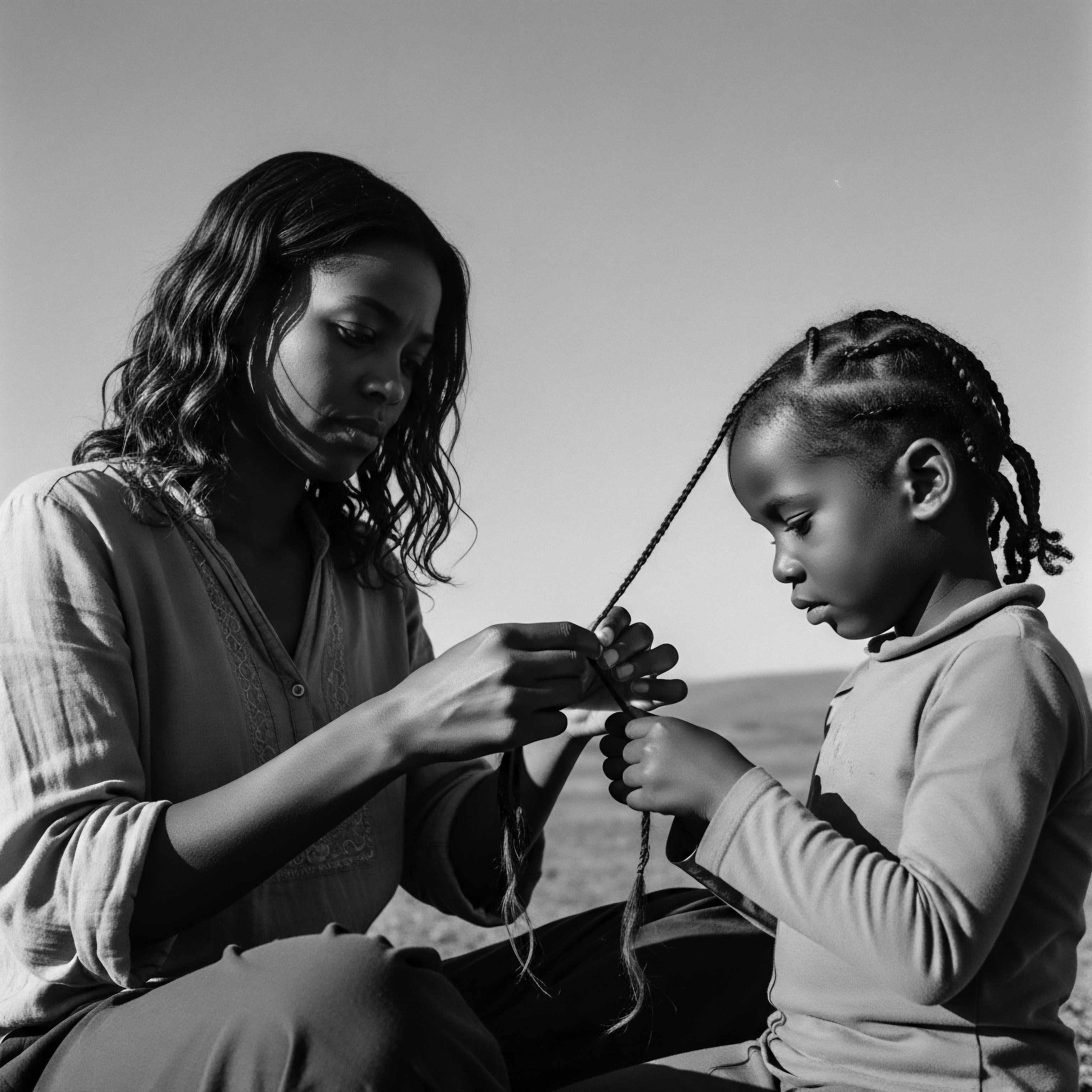
Academic
The academic understanding of “Resistance Movements” within Roothea’s framework extends to a sophisticated interpretation of textured hair as a dynamic site of socio-cultural, psychological, and even biophysical contestation and affirmation. It is a comprehensive delineation of the continuous, often subtle, yet undeniably potent, strategies employed by Black and mixed-race communities to safeguard their ancestral hair practices, assert self-defined beauty, and reclaim agency in the face of systemic oppression and aesthetic colonization. This perspective moves beyond anecdotal observations, drawing upon interdisciplinary research to reveal the intricate mechanisms through which hair becomes a central component of collective identity and enduring cultural fortitude.
This complex phenomenon signifies a continuum of active and passive defiance, where hair serves as a living archive and a symbolic battleground. The meaning of these movements is not confined to overt acts of rebellion but encompasses the everyday decisions, communal rituals, and inherited knowledge that affirm textured hair’s inherent beauty and cultural significance. It is an explication of how the hair strand itself, with its unique biological properties, has become a physical manifestation of an unbroken lineage of resilience. The significance lies in its capacity to challenge dominant beauty paradigms and dismantle the insidious mechanisms of racialized control over appearance.
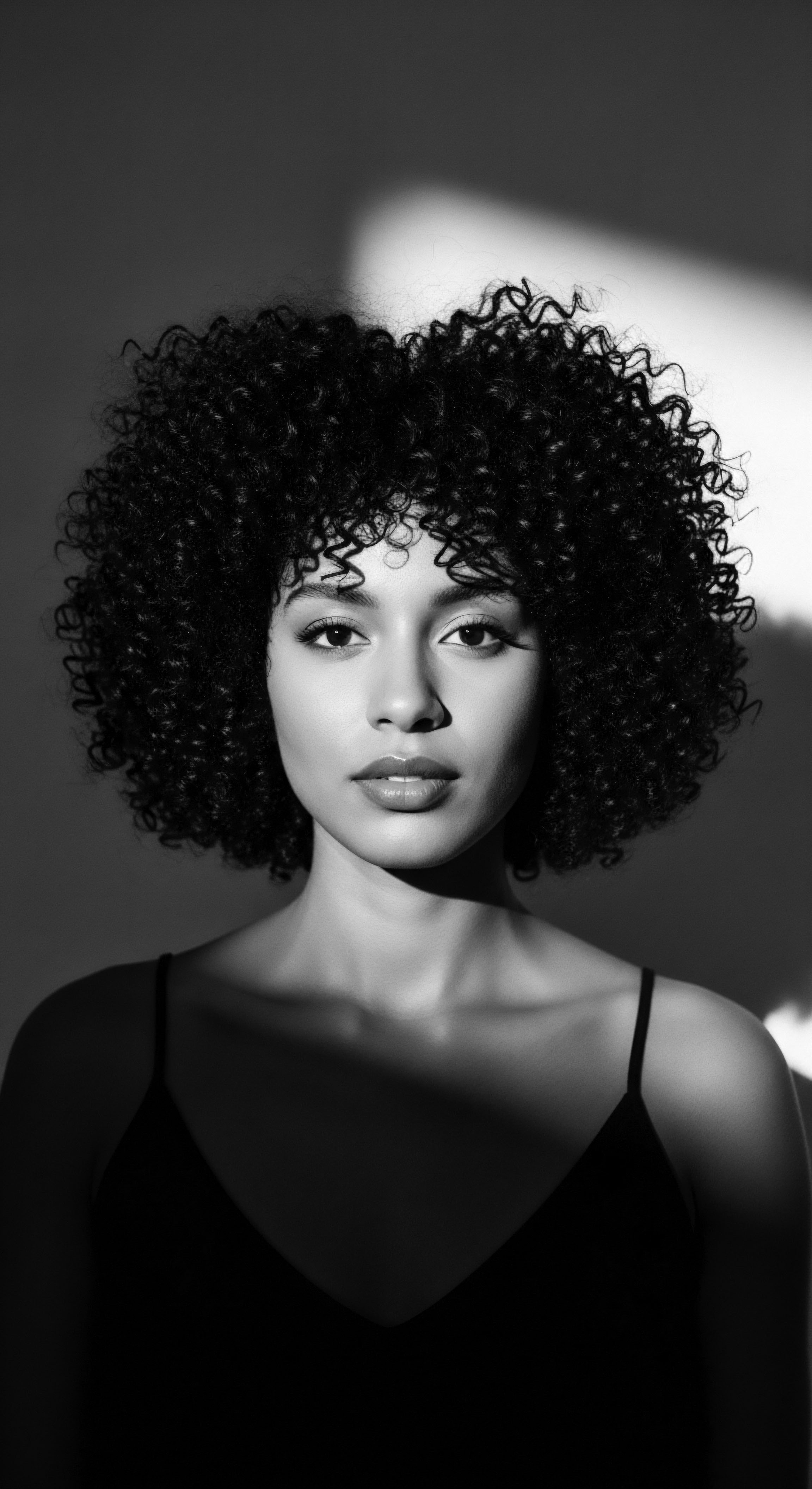
The Sociological and Psychological Dimensions of Hair-Based Resistance
The historical context of textured hair in the diaspora is inextricably linked to power dynamics, particularly the imposition of Eurocentric beauty standards designed to diminish and control Black bodies. The act of wearing natural hair, or maintaining traditional styles, thus transforms into a deeply political statement. Studies reveal the profound psychological implications of this struggle. For instance, research indicates that African American women who choose to wear their natural hair often experience heightened self-esteem and a stronger internal locus of control, despite facing societal pressures and potential discrimination.
(Ellis-Hervey et al. 2016) This demonstrates a direct correlation between hair-based self-acceptance and psychological well-being, highlighting hair as a site of profound personal and collective liberation.
The historical denigration of Black hair, often described with dehumanizing terms like “woolly,” was a deliberate strategy to reinforce racial hierarchies during slavery and colonialism. The very texture of Black hair became a marker of inferiority, compelling many to adopt chemical straightening methods, often at significant physical and psychological cost. The “Resistance Movements” in this context encompass the ongoing efforts to dismantle these internalized negative perceptions and to champion the inherent beauty of all textured hair. This involves not only individual choices but also broader social movements, legislative actions like the CROWN Act, and the revitalization of traditional hair care practices.
Consider the profound role of communal hair grooming practices in pre-colonial African societies. These were not merely aesthetic endeavors; they were deeply social activities that strengthened familial bonds and reinforced community identity. The meticulous process of braiding, twisting, and oiling hair often served as a vehicle for storytelling, the transmission of ancestral wisdom, and the creation of social cohesion.
The persistence of these rituals, even in clandestine forms, during and after enslavement, speaks to their intrinsic value as acts of cultural continuity. This collective memory, preserved through the hands that braided and the stories shared, forms a powerful undercurrent of resistance.
- Ancestral Hair Practices ❉ Rituals like communal braiding, scalp oiling with indigenous botanicals, and the ceremonial adornment of hair, passed down through generations, affirm cultural continuity.
- Stylistic Reclamations ❉ The re-emergence and celebration of styles like the Afro, cornrows, and locs, particularly during periods like the Black Power movement, as symbols of racial pride and defiance against oppressive beauty norms.
- Economic Autonomy ❉ The establishment of Black-owned businesses centered on natural hair care products and services, creating spaces of economic self-sufficiency and challenging mainstream industries.
- Legislative Advocacy ❉ Efforts to combat hair discrimination through laws and policies, recognizing hair as a protected characteristic and affirming the right to wear natural styles in all spaces.
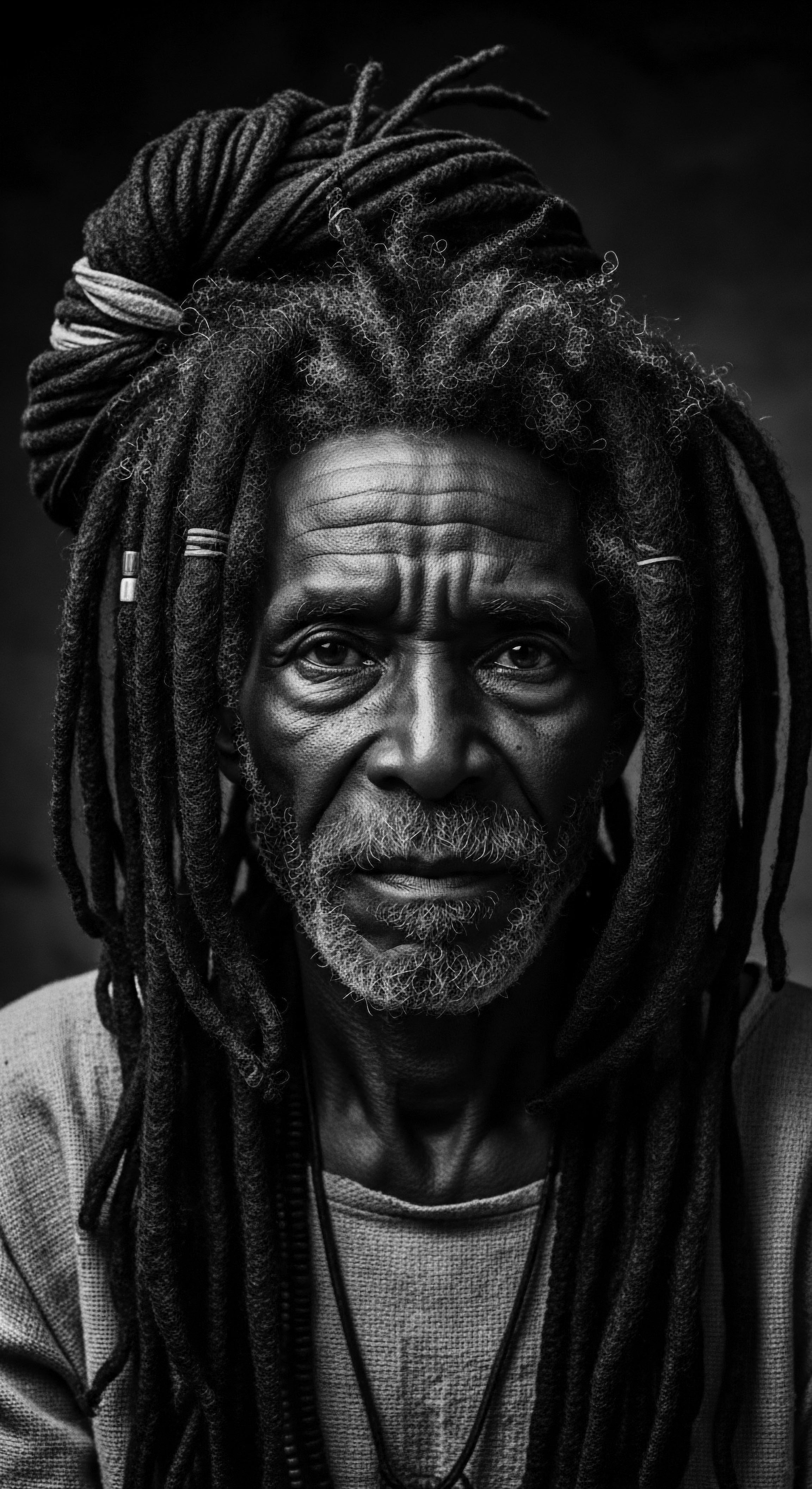
Interconnected Incidences ❉ Hair, Spirituality, and Social Order
The academic lens also allows for an examination of how hair-related resistance intertwines with spiritual and social structures. In many Afro-diasporic religions, such as Brazilian Candomblé, hair holds a sacred status, acting as a conduit to the divine and a repository of spiritual energy. The ritualistic shaving of hair during initiation ceremonies in Candomblé, for instance, symbolizes a profound transformation and a deeper connection to the Orishas, or deities.
The ability to maintain these spiritual practices, often in secret, under colonial rule and religious suppression, constituted a powerful form of resistance against attempts to strip enslaved people of their spiritual frameworks. This demonstrates how hair became a medium for preserving not just identity, but also an entire cosmology.
The academic meaning of “Resistance Movements” in hair is therefore not merely a description; it is a critical analysis of the profound ways in which a seemingly personal aspect of appearance has served as a consistent and multifaceted site of struggle, adaptation, and triumph. It highlights the enduring agency of Black and mixed-race communities in defining their own standards of beauty and self-worth, irrespective of external pressures. The long-term consequences of these movements are evident in the ongoing natural hair movement, which continues to challenge and reshape global perceptions of beauty, professional standards, and cultural authenticity. This journey from subjugation to celebration underscores the deep-seated wisdom and tenacity within textured hair heritage.
The legacy of these hair-based Resistance Movements also sheds light on the complex interplay between individual expression and collective identity. The decision to wear one’s hair naturally, for many, is a personal affirmation that resonates with centuries of communal struggle. This individual choice contributes to a broader cultural shift, fostering a sense of solidarity and shared heritage.
The resilience demonstrated by ancestral practices continues to inspire contemporary movements, providing a historical grounding for the ongoing work of self-acceptance and cultural pride. This enduring connection underscores that the journey of textured hair is a continuous, evolving narrative of resistance, deeply embedded in the soul of each strand.
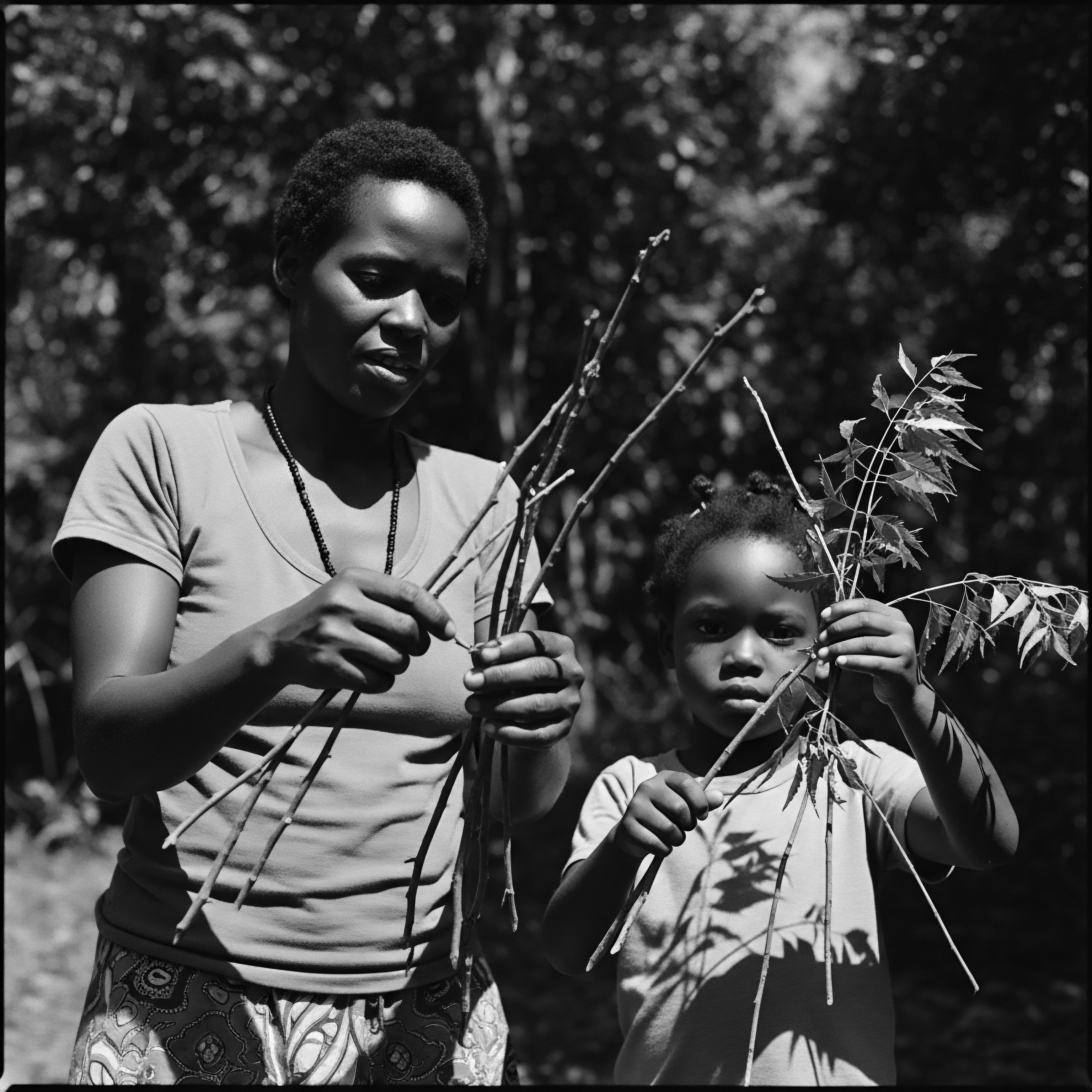
Reflection on the Heritage of Resistance Movements
As we close this exploration, the profound significance of Resistance Movements, as understood through the lens of textured hair, comes into sharp focus. It is a story etched not in grand monuments, but in the intimate textures of coils and curls, in the wisdom passed from elder to youth, and in the quiet, resolute choices made daily. The “Soul of a Strand” ethos, at the heart of Roothea, truly finds its most poignant expression here, for each hair fiber carries within it the memory of survival, the blueprint of defiance, and the vibrant legacy of a people who refused to be erased.
The journey of textured hair, from its elemental biology and ancient reverence to its contemporary role in voicing identity and shaping futures, is a testament to an unbroken chain of ancestral knowledge and spirit. It is a powerful reminder that heritage is not static; it is a living, breathing force, continuously adapting and asserting itself. The resilience of these traditions, from the strategic braids of Palenque to the vibrant Afros of liberation movements, speaks to a deep, abiding connection to self and community.
It invites us to recognize that care for our hair is not merely cosmetic; it is an act of honoring our forebears, a continuation of their resistance, and a joyful affirmation of our authentic selves. This enduring heritage serves as a beacon, guiding us toward a future where every strand is celebrated for its unique story and its intrinsic worth.
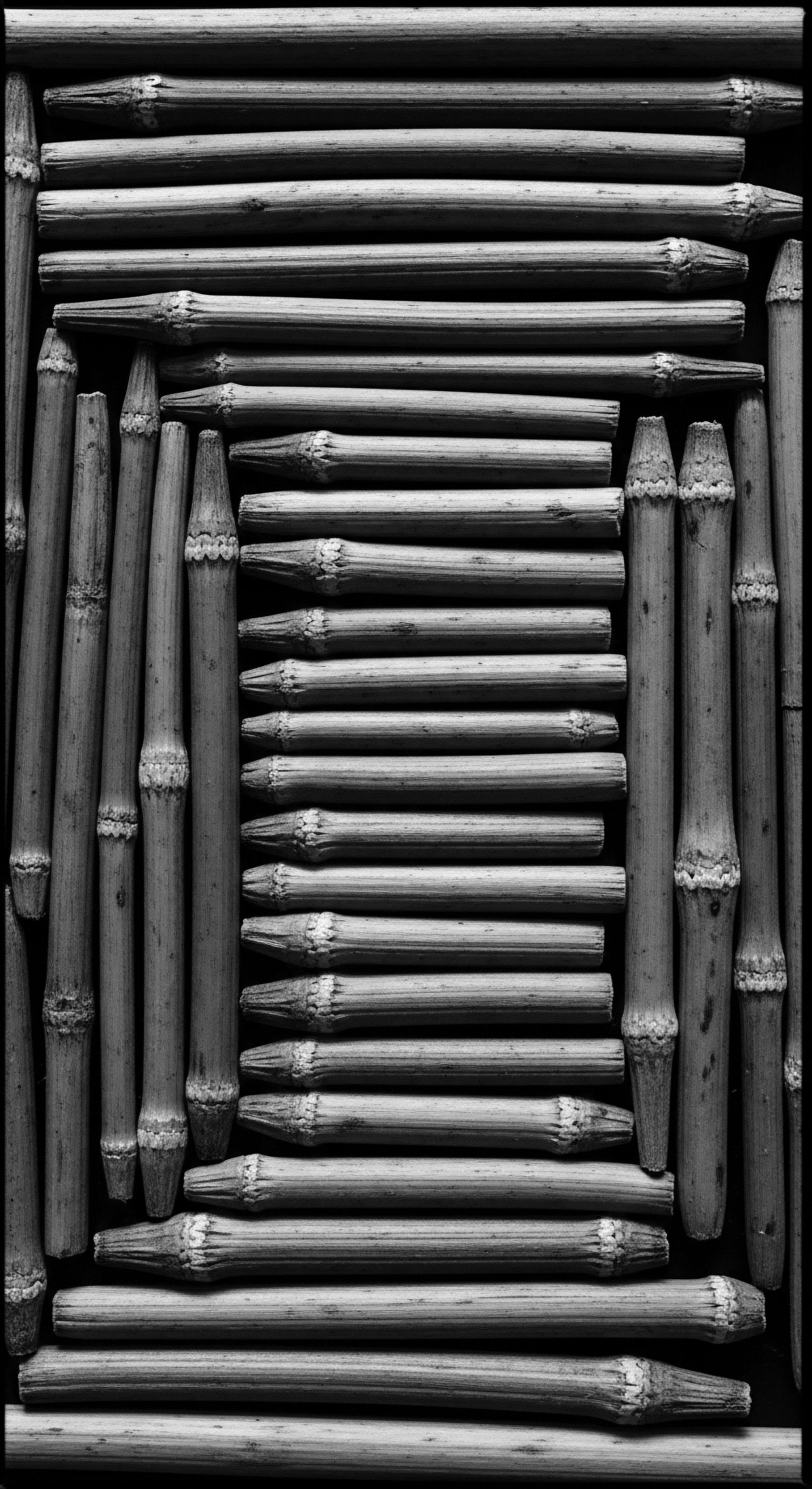
References
- Byrd, A. D. & Tharps, L. D. (2001). Hair Story ❉ Untangling the Roots of Black Hair in America. St. Martin’s Press.
- Ellis-Hervey, N. L. Doss, A. L. Davis, S. Nicks, R. & Araiza, D. (2016). African American Women’s Perceptions of Self-Value in the Transition to Natural Hair. Walden University Research.
- Garrin, K. K. & Marcketti, S. B. (2018). African American Women’s Hair Practices and Self-Perception ❉ An Exploratory Study. Clothing and Textiles Research Journal, 36(3), 209-223.
- Johnson, D. & Bankhead, T. (2014). Hair It Is ❉ A Look at the History of Black Hair. International Journal of Humanities and Social Science, 4(8), 88-92.
- Matjila, C. R. (2020). The Meaning of Hair for Southern African Black Women. University of the Free State.
- Opie, T. & Phillips, S. (2015). Black Hair, Still an Issue? African American Women and Their Struggles with Beauty, Body Image, and Hair. NWSA Journal, 27(2), 127-145.
- Sherrow, V. (2023). Encyclopedia of Hair ❉ A Cultural History. Bloomsbury Academic.
- Thompson, C. (2002). Black Women and Identity ❉ A Qualitative Study of the Psychological Impact of Hair on Black Women. Journal of Black Psychology, 28(4), 325-345.
- Vogel, A. Mello, M. A. & Borges, M. (2001). The Candomblé ❉ An African-Brazilian Religion. Intercultural Press.
